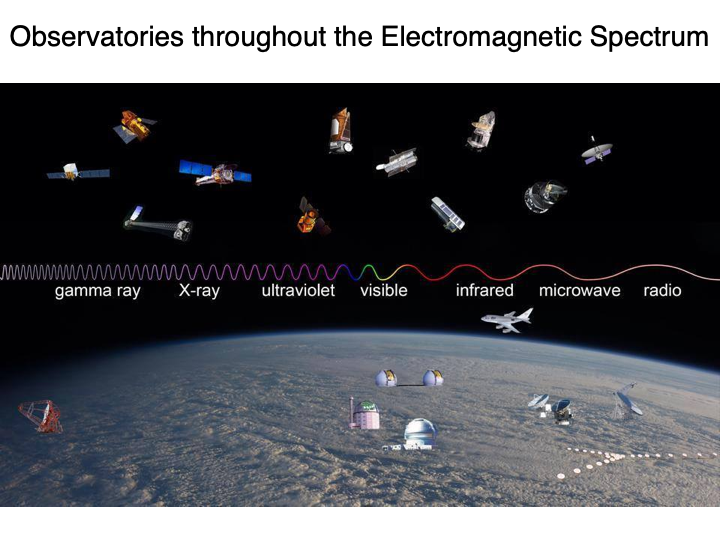
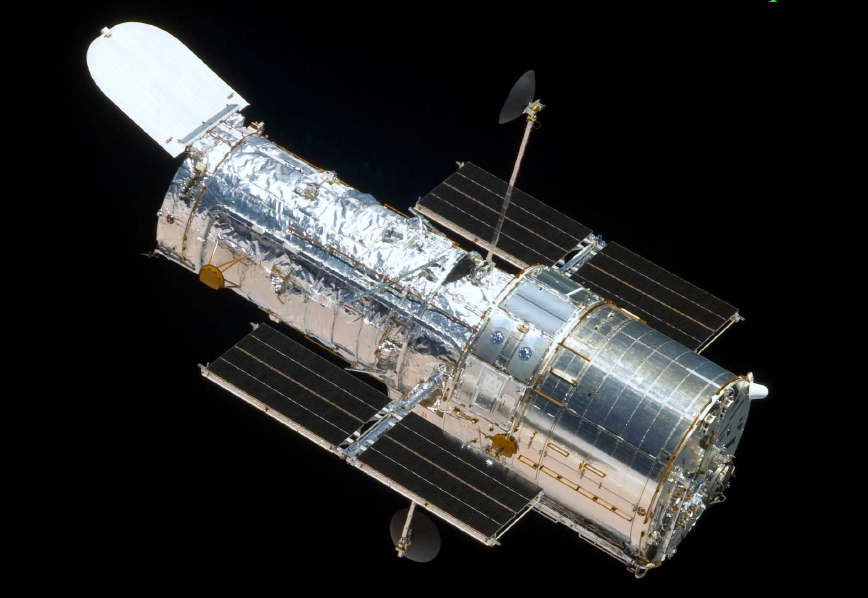
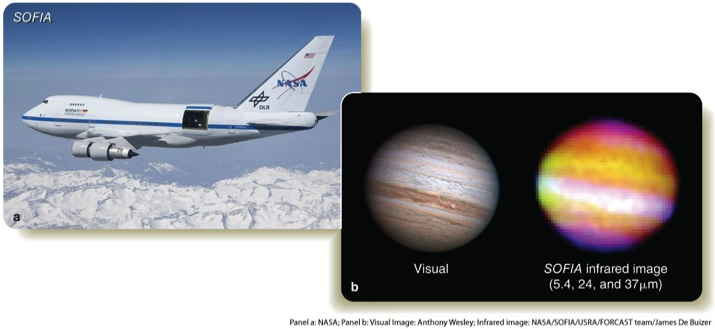
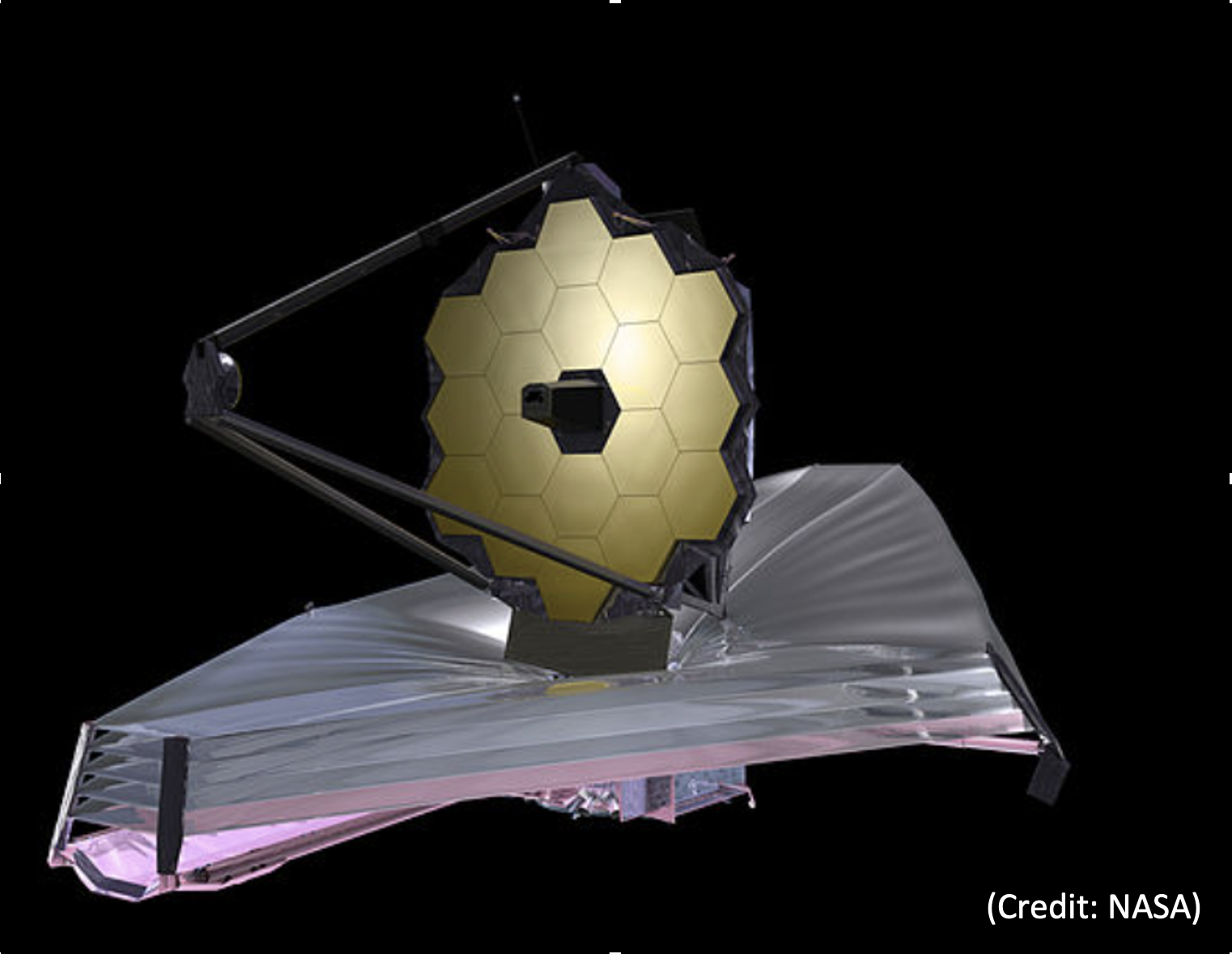
[HST], [Spitzer], [Sofia] [JWST]
[Compton Gamma Ray Observatory (CGRO) and EGRET]
[Fermi space telescope and LAT]
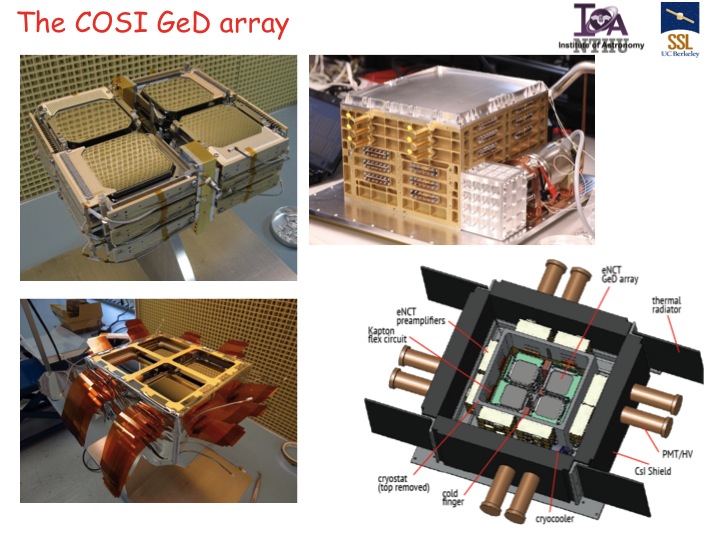
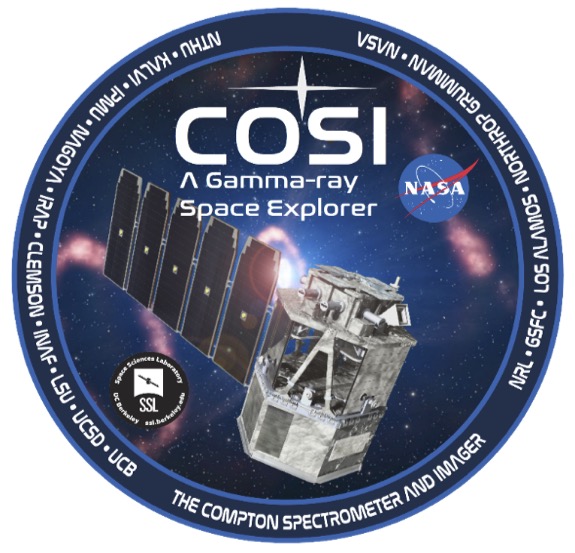
[CGRO/COMPTEL, a pioneer of Compton telescopes in 1990s, and the Compton Spectrometer and Imager (COSI), an effort of developing the next-generation compact Compton telescopes, which is an NASA SMEX mission to launch in 2027.]
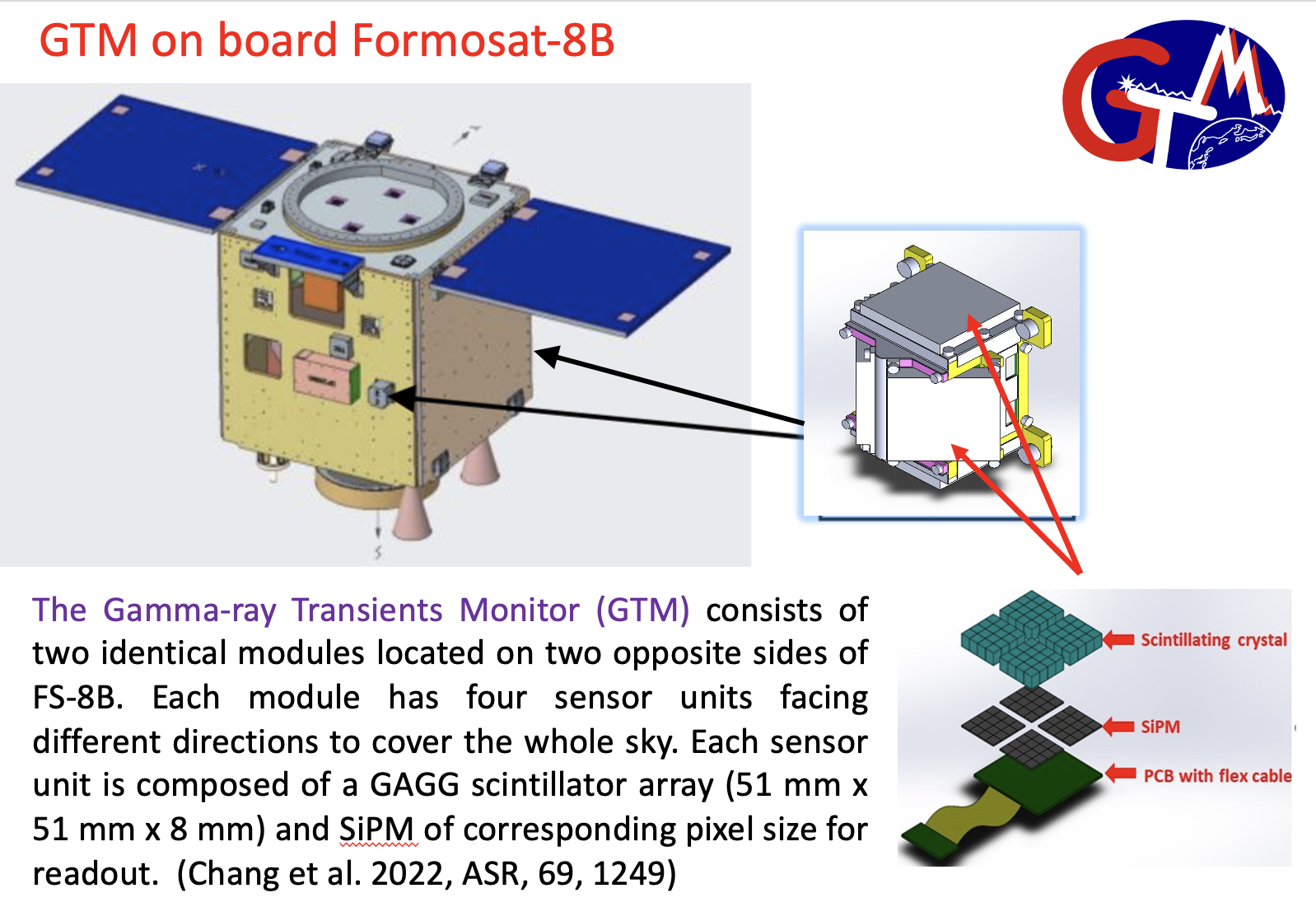
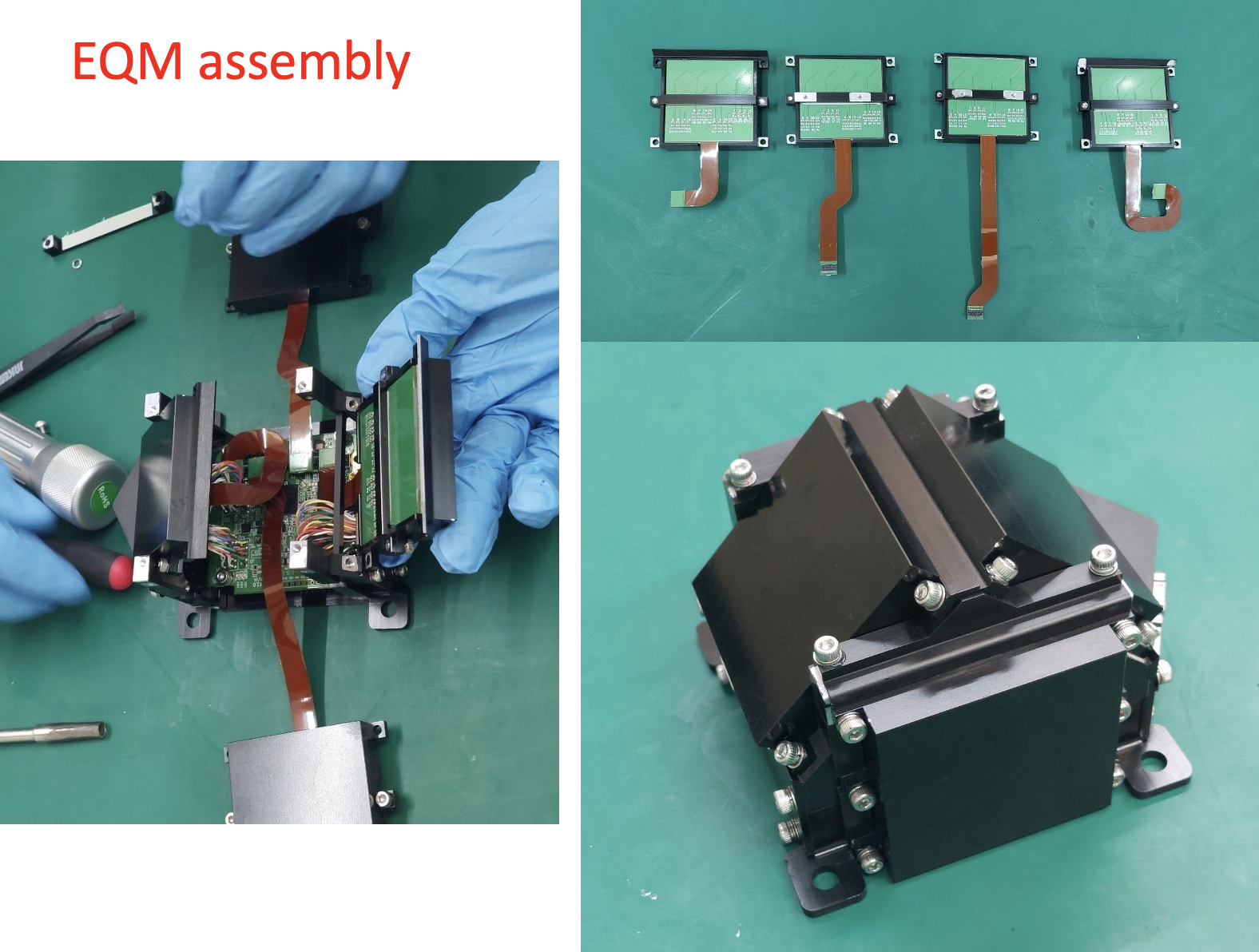
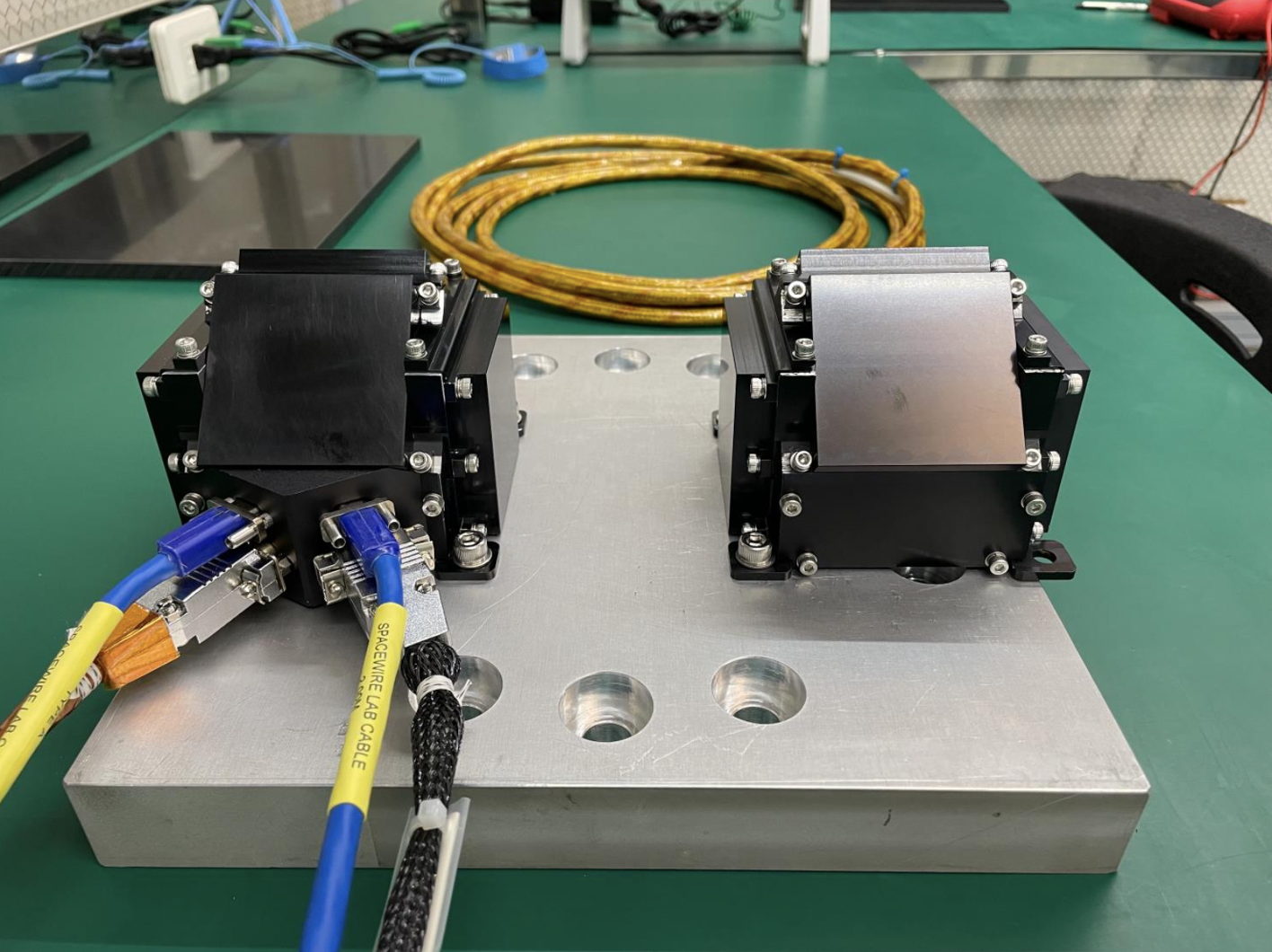
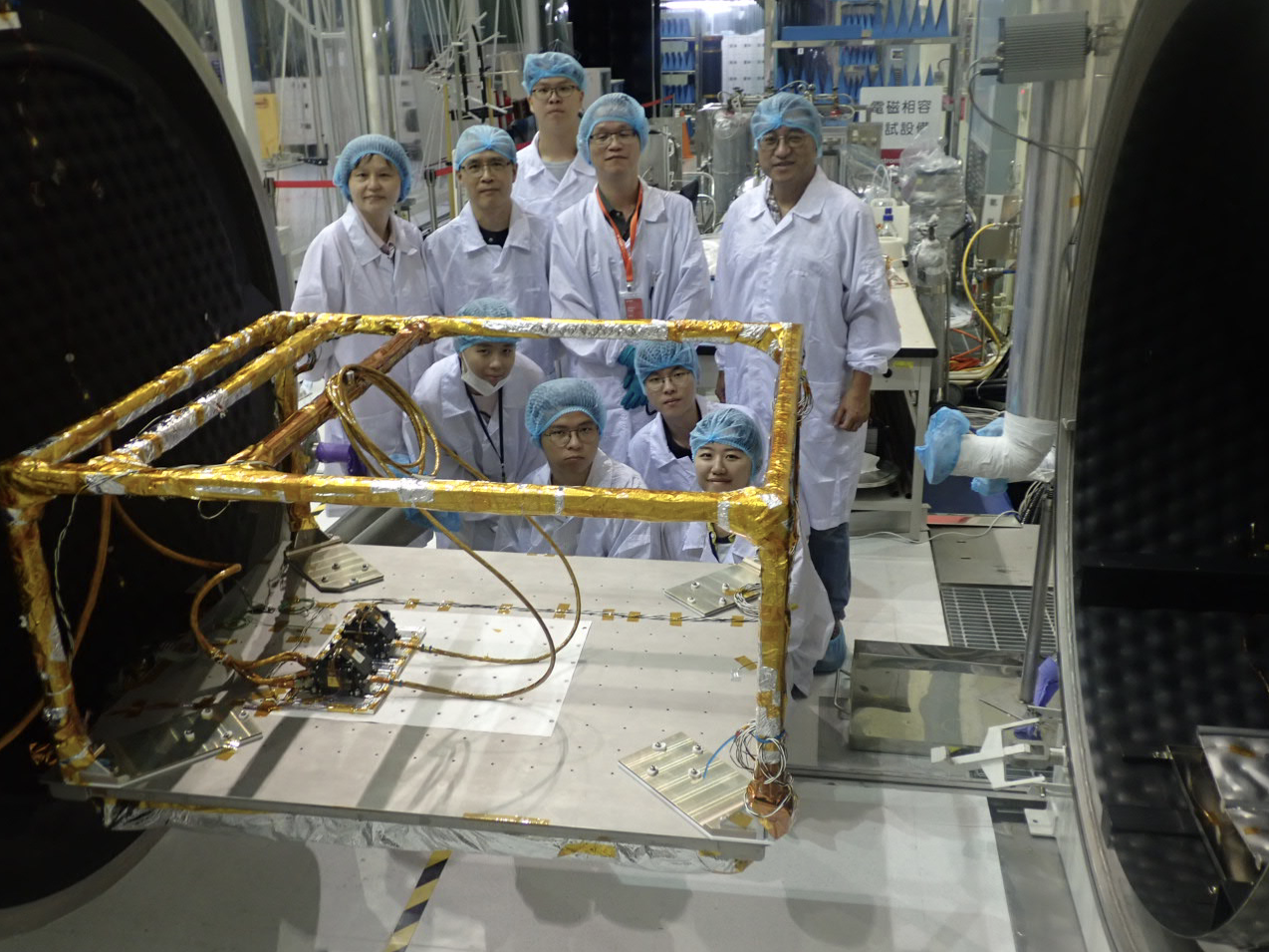
[The Gamma-ray Transients Monitor (GTM) to fly on Formosat-8B. The launch is expected in 2026.]
[Rossi X-ray Timing Explorer (RXTE), 1995/12 ~ 2012/01]
[X-ray non-focusing imaging: Collimator, Rotation Modulation Collimator (RMC), Coded Masks]
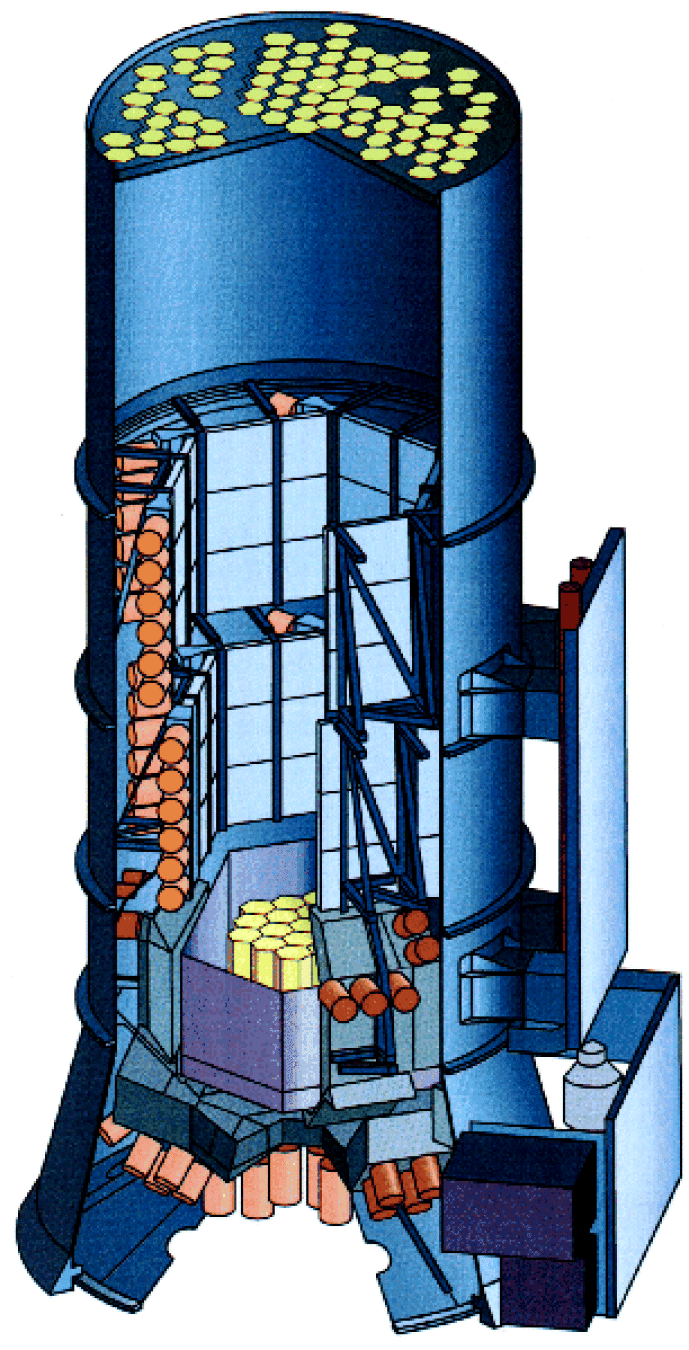
[SPI on board INTEGRAL, launched on Oct. 17, 2002. Coded-mask imaging for photon energy lower than 150 keV or so, and Compton imaging for photons with higher energies.]
[X-ray focusing imaging; Wolter mirrors]
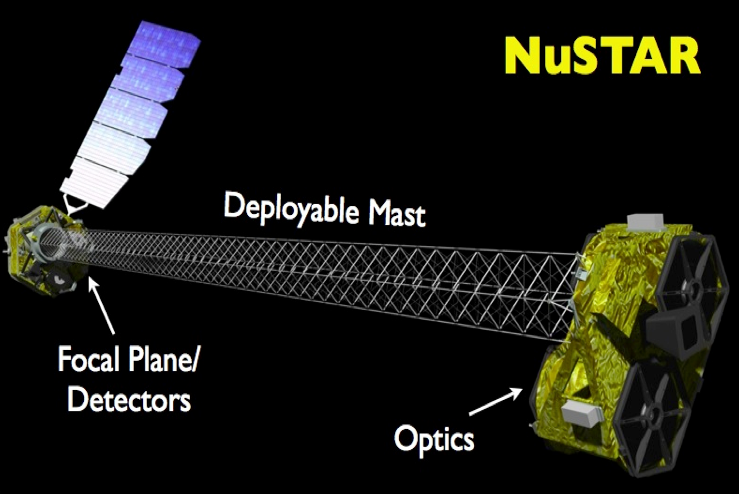
[Chandra (0.1-10 keV), XMM-Newton (0.1-12 keV) and NuSTAR (10-40 keV)]
Many astronomical space missions, particularly of high-energy astronomy, can be found at GSFC/NASA
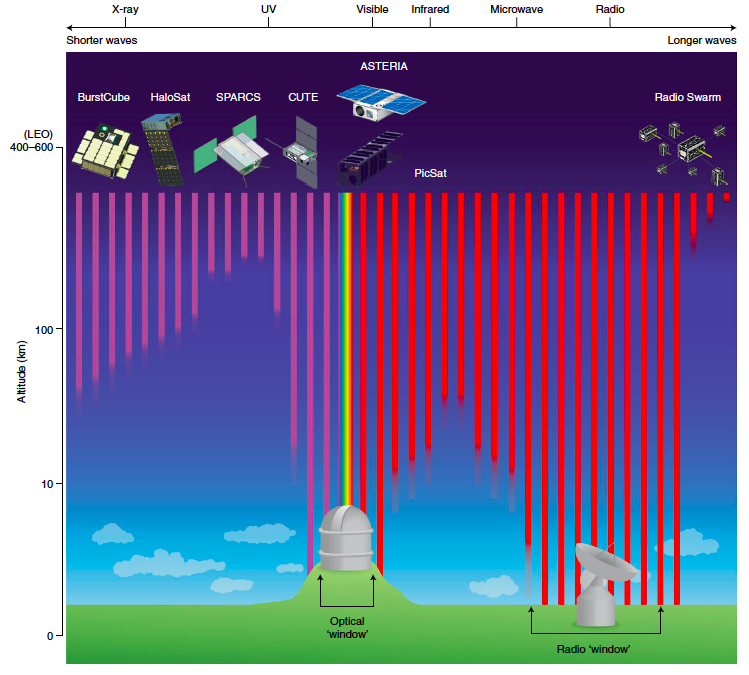
[Some on-going and proposed astronomical CubeSat missions (Shkolnik 2018, Nature Astronomy, 2, 374)]
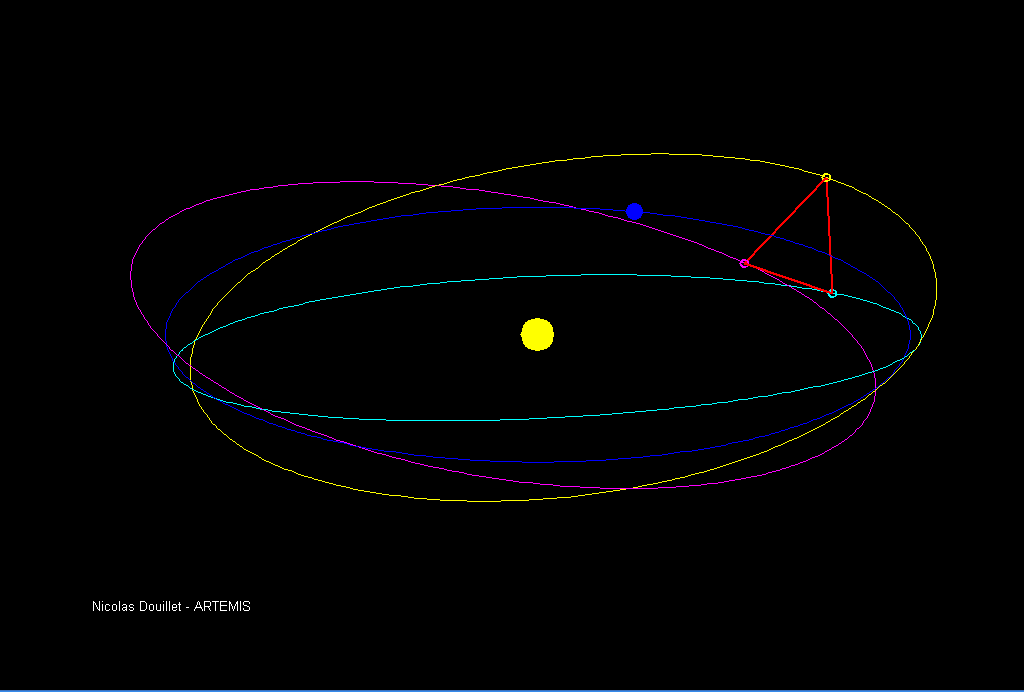
[Orbits of ESA's eLISA mission, to launch in 2034.]